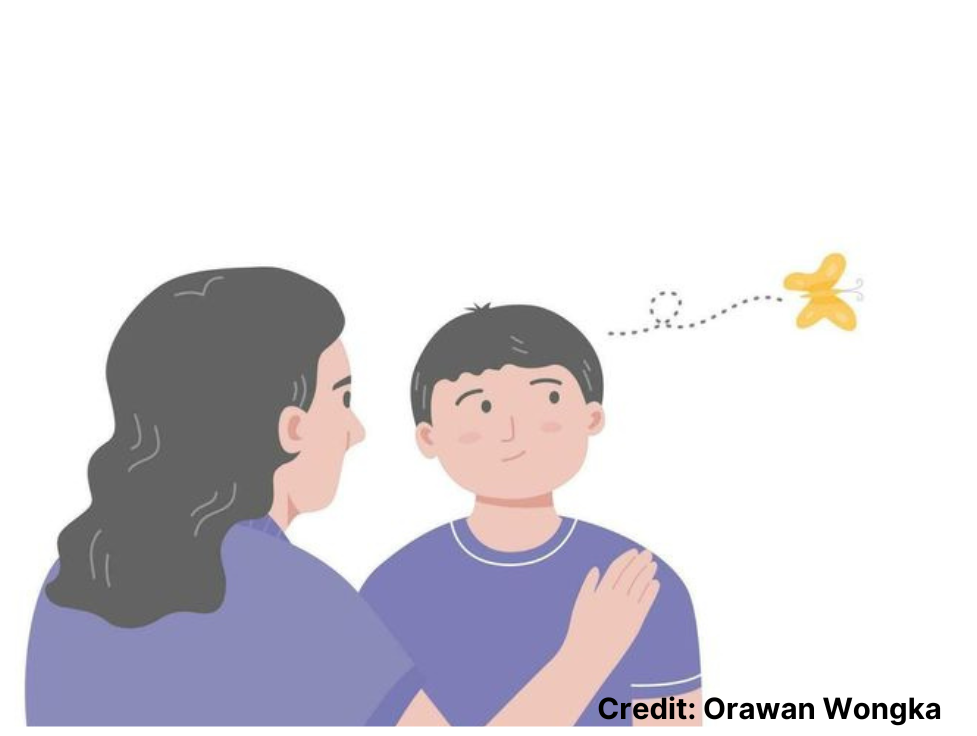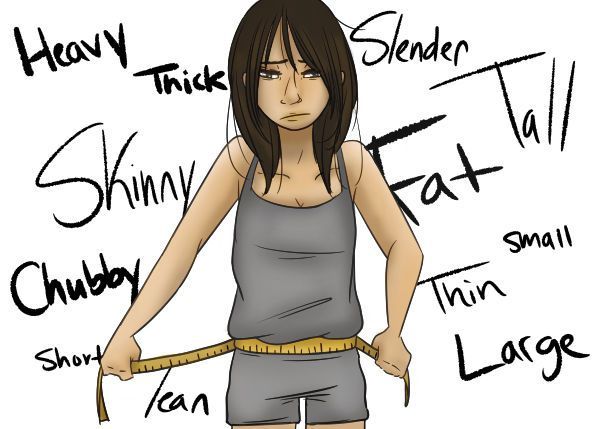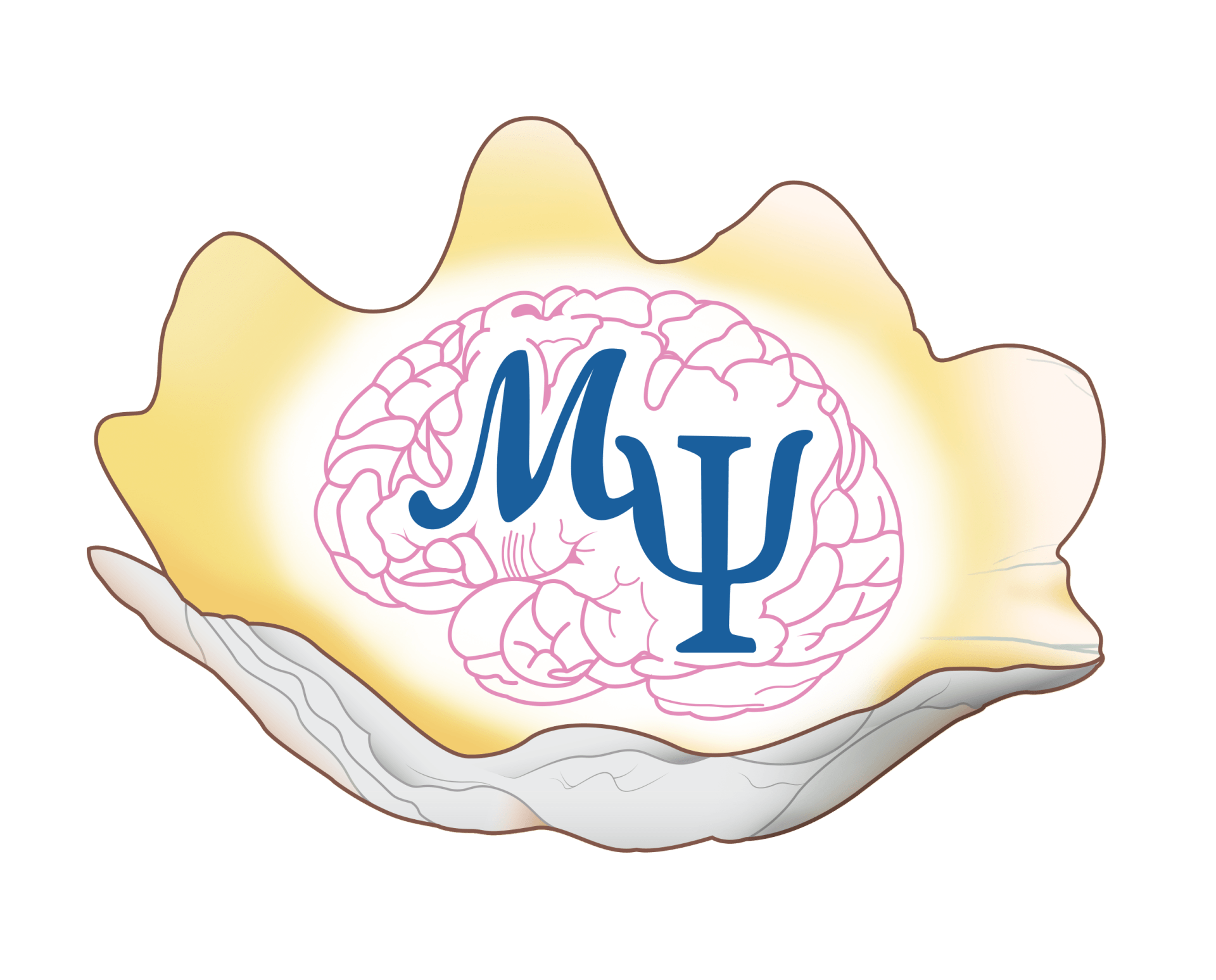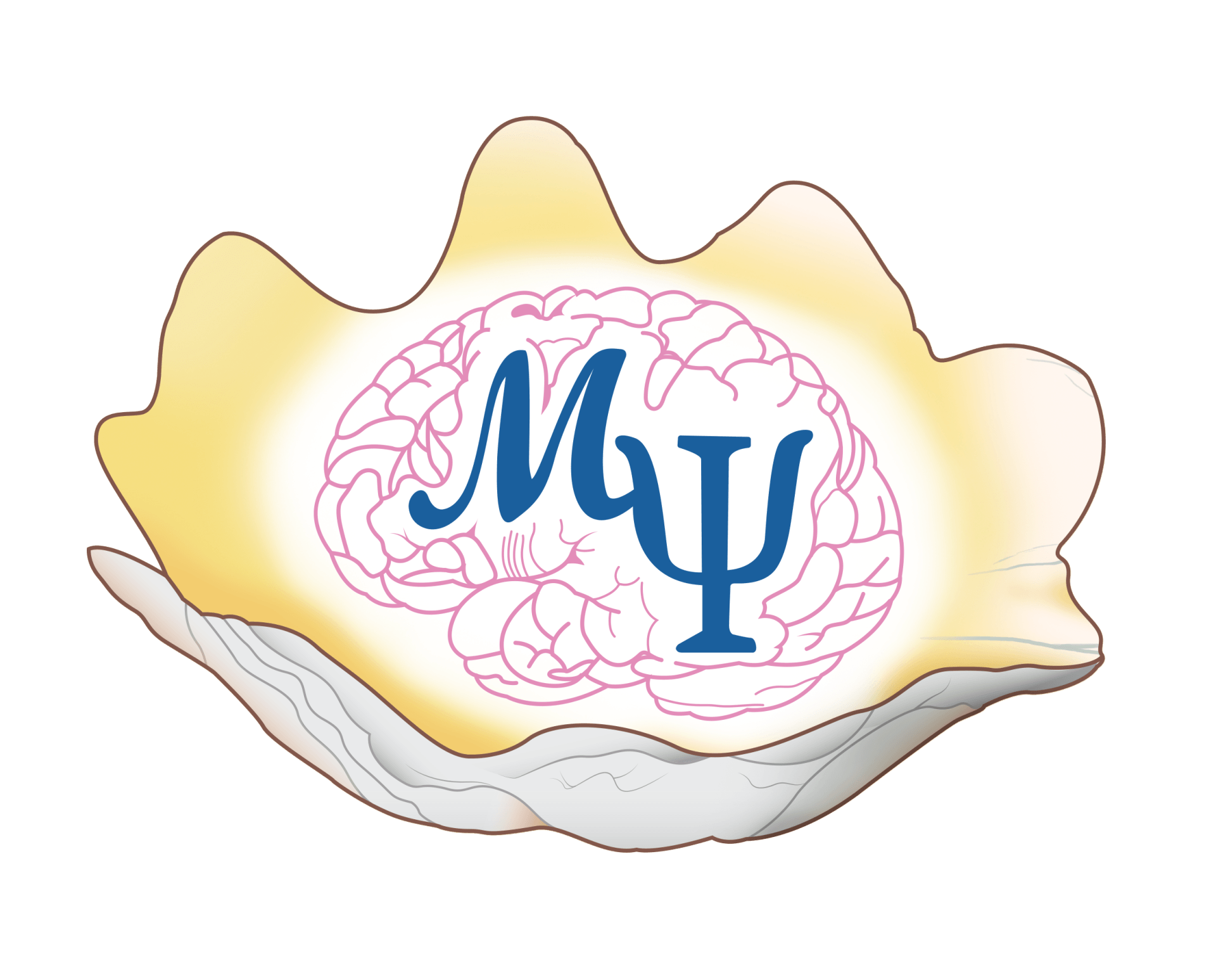Grounding yourself to the here and now

What are grounding techniques?
A grounding technique is a type of coping skill that is used to connect to the present moment, especially during distressing and overwhelming situations. Due to the emphasis on being present in the "now", a grounding technique is also associated with "mindfulness" which is focused on being present in the moment. Additionally, during a critical situation which gets our head busy with distressing thoughts, a grounding technique can also be a method of distraction to get us out of internal chaos and into the external surrounding.
Why do we use grounding techniques?
The purpose of grounding is often to help reorient a person to the here-and-now and to reality. This is especially common among those who constantly experience overwhelming and intense distressing feelings. Stressful situations can also trigger a fight-flight-freeze response which includes several uncomfortable symptoms that can be overwhelming to experience. Therefore, as a way to shift attention, grounding helps to gain and elevate focused attention on "one thing at a time" that assist to slow down the pace. It is similar to self-soothing in a way as it is emphasised on calming our bodies when we are overloaded by stress or overwhelming emotions.
As grounding is a way to shift our attention and connect to the here-and-now, it also helps us to detach ourselves from internal emotional pain and to gain control over our feelings in order to stay safe. This is called "healthy detachment" which is particularly common among those who struggle with strong emotions and memories such as anxiety, anger, flashbacks, and nightmares. Those who experienced trauma can find themselves feeling hypervigilant or conversely, also feel frozen or numb. Through grounding, it helps the person "anchor" to the present and to bring their body back to homeostasis which is described as our body’s internal ability to adjust to a stable state. It can also help the person achieve a balance between being conscious of reality and managing how to tolerate it.
When and where do we use grounding techniques?
One of the greatest things about using grounding techniques is that it does not require many materials and it can be applied at any point of the day in many different settings, albeit alone or out in public. The crucial part of grounding techniques is being aware of our internal warning signs and using specific techniques to sustain our attention to slow the pace of our breathing (diaphragmatic breathing) or to shift our focus from internal to external environment by using our senses (5-4-3-2-1 senses exercise).
Grounding may take a while to master, but with time and consistent practice, it does get gradually easier and become second nature. As the skill becomes more fluid, it is easier to apply and transition to using the grounding technique when experiencing a high-stress situation. Thus, practicing grounding techniques will help regulate the body periodically and help you feel more prepared to tackle any challenges that may arise.
How do we use grounding techniques?
Grounding techniques can be applied in two specific ways: Sensory Awareness and Cognitive awareness. Sensory awareness is defined as our direct focus on some specific sensory aspects of our body while cognitive awareness can be explained as our knowledge and focus on our mental action or process. However, for this week, we will first be looking into how we can integrate our sensory awareness to connect us with the present moment. When trying to 'ground' yourself, it is beneficial to first focus on connecting to your body and increasing sensory awareness before working upwards to the brain for cognitive awareness.
Deep breathing, also known as diaphragmatic breathing, is one of the methods used to increase the supply of oxygen to our brain and stimulate the parasympathetic nervous system. The parasympathetic nervous system is the part of the brain that promotes a state of calmness. With a specific breathing technique and pace, it can help you feel connected to your body as it brings awareness away from your worries and shifts your attention to control your pace of breathing.
Breathing Technique: Deep Breathing
- Sit comfortably, with your knees bent and your shoulders, head, and neck relaxed.
- Place one hand on your chest and one hand over your belly button. Focus on the breathing so that only the hand on the belly button moves while you take a deep breath in and slowly exhaling.
- The hand that is placed on the chest monitors for quick shallow breaths which can be seen when the upper chest moves upwards. The hand that is on the belly button is to monitor for deep breaths that draw air into the lungs.
- Focus on taking in deep breaths slowly as the air moves the hand on belly-button up instead of the hand on the chest. If the hand on the chest rises up instead of the hand on the belly-button, it indicates shallow breathing which is not effective in helping the body return to a calmer state.
Breathing Technique: Box Breathing
Box breathing is an extension of deep breathing but includes the use of counting and visual cues. By using a finger to visually draw a square in the air, it can indicate when and how long to inhale, hold, and exhale. The box drawing can also be done mentally. As this kind of technique incorporates a structure to breathing, it helps to maintain a calm breathing rate.
- Focus on one side of the box at a time. Time each side to take 4 seconds to draw. When drawing the first side going up, inhale for 4 seconds. Ensure that the abdomen is rising instead of the chest moving up.
- Hold your breath for 4 seconds while you draw the second side.
- Exhale slowly for 4 seconds while drawing the third side.
- Hold your breath for 4 seconds while you draw the fourth and last side.
- Then repeat from step 1, making sure that each inhalation, exhalation, and holding of breathing is done for 4 seconds.
At first, practise this exercise for approximately 5 to 10 minutes about 3 to 4 times per day and progressively increase the amount of time you spend doing the exercise (20 to 30 minutes). This will make it easier to apply the technique as a pre-emptive strategy when feeling overwhelmed or to manage the distressing feeling during a stressful situation.
This exercise enables you to engage your senses through identifying and carefully attending to your surrounding information. It requires you to focus your awareness on the present moment and using your bodily sensations to seek specific sensory responses and feedback.
- Name 5 things you can see in the room.
- Name 4 things you can feel/touch.
- Name 3 things you can hear right now.
- Name 2 things you can smell right now (or if the environment does not provide information, you may recall 2 of your preferred scent).
- Name 1 thing you can taste (or if the environment does not provide information, you may recall 1 of your preferred flavour or taste).
In conclusion, grounding techniques help to bring us back into the here-and-now in a safe way. It is useful to practise your grounding techniques so that they will come naturally when you are in distress. Try a variety of techniques and rate the effectiveness of each technique in keeping you calm and grounded. The more present you are in your body, the calmer and safer you will feel regardless of the situation. When you pay attention to the sensation that feels good and calm in your body, you learn to understand that you have more control than you realise.
References
https://youniquefoundation.org/4-grounding-techniques-for-depression-and-anxiety/
https://www.verywellmind.com/grounding-techniques-for-ptsd-2797300
https://www.talkspace.com/blog/grounding-techniques-anxiety/
https://eddinscounseling.com/grounding-techniques-self-soothing-emotional-regulation/












